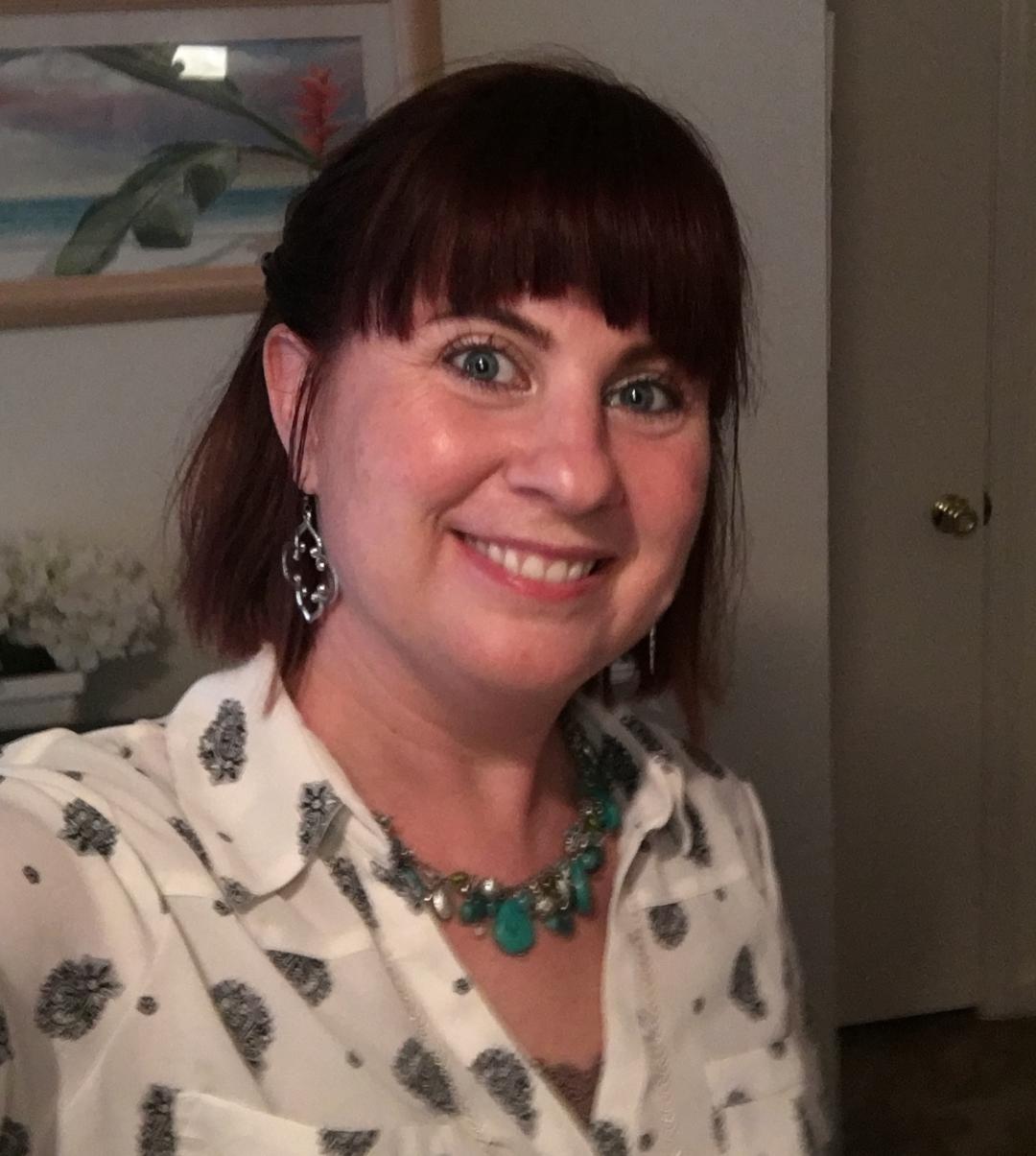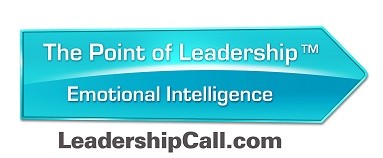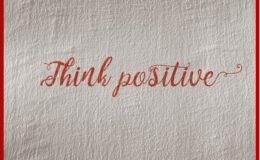Leadership is a verb
“A leader is one who knows the way and shows the way.” – John C. Maxwell
I believe true leadership is a verb and can be measured by observable behaviors. I would like to propose for this blog, leadership is a verb, albeit contrary to the dictionary. Any leader I’ve admired had plenty of action to back up the traits which inspired me most.
During my Air Force leadership training, we learned four types of leadership styles: autocratic (high task, low people focus); democratic (high task, high people focus); transformational (low task, high people focus); and laissez-faire (low people, low task focus). I affirm there are other styles (strategic, transactional, etc.) but we will focus on these four for simplicity. Each leader had to decide what style fit their work environment best, and had to flex their style based on the employees knowledge, skills and abilities. It’s hard to be democratic and ask people for input on task completion when they do not have the basic knowledge of how the task should be done. Fairly universally, laissez-faire leaders are very hands off and have the lowest employee productivity of any leadership style.
Leaders also have different types of power. A leader, by the position, has power innately within the title. That hierarchy or role lends itself to legitimate power. Hopefully the leader would also have informational, expert, reward, and coercive power simply by the position. The additional power democratic and transformational leaders have is likely referent and charismatic power.
As John Maxwell says, leaders know and show the way. You want to tell your teammates the “why” and groom your replacement. You also want to be able to communicate the strategic vision and how their work fits into the big picture mission while simultaneously making them feel they belong to the organization. You can do all of this by demonstrating the Society for Human Resource Management (SHRM) leadership competencies.
The SHRM developed a list of Leadership competencies in 2008. SHRM defined leadership competencies as “leadership skills and behaviors that contribute to superior performance.” These competencies are within the realms of leading the organization (strategic), the self (intrapersonal), and others (interpersonal). While being able to lead the organization (managing change, setting vision and strategy, etc.) is important, for the purposes of EQ and Resilience, we will examine the latter.
Leading the self: demonstrating ethics and integrity, displaying drive and purpose, exhibiting leadership stature, increasing your capacity to learn, managing yourself, increasing self-awareness, and developing adaptability
Leading others: communicating effectively, developing others, valuing diversity and difference, building and maintaining relationships, and managing effective teams and work groups
These competencies are intertwined in emotional intelligence and resilience skills. An underlying truth must be acknowledged for growth: you must be able to lead yourself before you can effectively lead others. Can you imagine a leader with poor emotional regulation and impulse control effectively communicating and leading a team or organization?
Entrepreneurship: A Leader of One
“If your actions inspire others to dream more, lean more, do more and become more, you are a leader.” John Quincy Adams
Many people think in terms of leading a group, team or family. Entrepreneurs, like myself, lead an “army of one.” I must know myself well enough to motivate myself every day by the purpose that drove my business creation, prioritize my tasks and time and build relationships by networking with others. I do not have a boss telling me what to do (though clients can tell me their objectives). The goal to meet or metric to make is my own. Instead of mentoring and coaching my team, I try to give others the skills and tools to be their best Selves in the environments they are in through my business. I believe one person makes a difference, and the ripples we create in our spheres of influence will reach the outside limits of our “pond.” The risk is also inherently my own and stress management, tethered by optimism, must remain a priority.
2 Traditional versus self-leadership within the EQ-i 2.0 Model of Emotional Intelligence
“A true leader has the confidence to stand alone, the courage to make tough decisions, and the compassion to listen to the needs of others. He does not set out to be a leaders, but becomes one by the equality of his actions and the integrity of his intent.” – Douglas McArthur
How do you show up to the world as a leader, traditional or self-led? I propose you can lead yourself as well as lead others within the EQ-i 2.0 Emotional Intelligence model, but the actions and behaviors displayed may look very different. The section below will explain the 15 sub-skills within the EQ-i 2.0 model and how they apply to traditional leadership and self-leadership.
For a while, it was thought that leaders are born. Leaders are sometimes described as who they are by seemingly innate traits that give them the assured “leader” quality (who they are). This is usually shown through personality trait theory or some other trait analysis (outgoing, conscientious, nurturing, charismatic, decisive, etc.).
Then, it was believed leaders are developed. In this view, the leader is framed by what they do (democratic, authoritative, participative, task-oriented, etc.). Some behaviorist theories are trait, contingency, behavioral and full-range which extend to leadership styles like transformational, adaptive, strengths-based and servant. I like the situational leadership theory developed by Kenneth Blanchard and Paul Hersey, as leader can flex their natural style to fit the development level of the followers. Situational is similar to the contingency theory, which claims there is no “best way” to organize or lead, it depends on internal and external factors.
How leaders relate to their followers depends quite a lot on how they see themselves.
Segment 1: Self Perception and the 3 sub-skills (Self-Regard, Self-Actualization, Emotional Self-Awareness)
Self-perception, or knowing our Selves, helps bring all the other aspects of emotional intelligence together (self-expression, interpersonal, decision-making and stress management). That is because how you perceive yourself (victim, savior, leader, perfect, worthy, broken, ‘flawsome’) colors the lens which you view the world and your interactions with others. As a student, recipient and believer in psychology… our focus will start there. Self-awareness takes work, my best hope is that you will see what you recognize as parts of you.
Life is complicated and there are rarely simple answers or explanations. How you view yourself, and your self-worth has a great deal to do with things beyond your control. How was your relationship with your parents? Early friends? Siblings? Did you feel secure (loved and safe) or were there rocky relationships and chaos? There are many psychological theories that can help you uncover the many layers of who you are today and how you show up to the world.
For simplicity on outlook and interaction with other people, we can use Thomas Harris’ book “I’m ok, you’re ok” which described four outlooks, our positions, within transaction analysis that people use. The “best hope” end state would be the only conscious position we can take as adults (I’m okay, you’re ok). These positions depend a lot on the upbringing and relationship with parental figures and can result in six types of human to human exchanges: withdrawal, rituals, activities, pastimes, games and intimacy.
For example, if I lead as a victim (I’m not okay, you’re not okay) – it is likely I will choose to push away any intimacy necessary for real relationships and growth. I want to keep myself safe and will likely be more authoritarian and directive. If I’ve risen to “leader” as I’m not okay but you’re okay, it’s likely I will try to please everyone and not yet have a confident voice of my own lending to more
There are many motivational and recognized behavioral theories in practice. Each leader has needs and motivations of their own as well as being able to understand and meet their team members. Some are motivated by power, affiliation or achievement (McClelland’s Human Motivation Theory). Others try to reach self-actualization through Abraham Maslow’s hierarchy of needs (deficiency needs and growth needs like safety and sense of belonging). Others ascribe to Pavlovian methods of positive and negative reinforcement, Douglas McGregor’s theory X (authoritarian) and theory Y (participative), Vroom’s theory of Expectancy (motivation comes from expectancy of effort to lead to a reward, instrumentality of performance leading to reward and the actual valence of the reward being desirable) or Frederick Hertzberg’s two factor theory (motivators and hygiene factors cause job satisfaction or dissatisfaction and act independently of each other). It is likely all these theories work together.
Hopefully, you already understand a bit more of yourself, or were able to remind yourself where you start and your center.
1. Self-Regard: accept one’s strengths and weaknesses associated with inner strength and self-confidence.
While self-awareness is critical in both styles of leadership, traditional leadership generally encompasses people within your team that can give you feedback and balance your weaknesses or give you opportunities to strengthen them. In self-leadership, you must find allies or build a paid or social network to minimize your personal weaknesses while maintaining your inner drive and self-confidence. It doesn’t mean you cannot improve your weaknesses, it just means you are aware of them. Technology is not a natural strength of mine, so I compensate with friends or professionals who are gifted in that area or watch a YouTube video.
Ready to learn?
Strengths based leadership can be developed in both traditional and self-leadership by merely understanding yourself more.
I encourage you to take the free VIA Strengths survey. This is the only free, scientific survey of character strengths in the world, and takes approximately 15 minutes. I used this tool as an Air Force Master Resilience Trainer to teach how to capitalize on your strengths (which leads to confidence and positive momentum). The top five are called your “signature strengths” which you can use with ease. URL: https://www.viacharacter.org/survey/account/register
Another free resource is the O*Net survey, which explores your natural interests as it relates to potential careers (realistic, investigative, artistic, social, enterprising, conventional). URLs: https://www.mynextmove.org/explore/ip or https://www.onetcenter.org/IP.html
Other ways to grow are to take your own EQ-i 2.0 survey with a certified facilitator, or to use other tools like True Colors, DISC, resilience and many other gauges to help you understand your Self so you can better understand and relate to Others.
It really is worth the effort.
2. Self-Actualization: willingness to consistently improve oneself that lead to a rich and enjoyable life.
Taken from the Abraham Maslow’s hierarchy of needs construct, these are very similar in both styles of leadership. This growth mindset mentality, developed by Carol Dweck over 30 years ago, must be embedded in the leader – they must seek stretch opportunities and meaningful growth areas. They realize life is a constant growth journey and remain humble and open.
Ready to grow?
Know yourself. Use self-reflection but also keep being open to feedback from trusted people.
Read about leadership, hobbies, people, theories, places – both fiction and non-fiction.
Expose yourself to other cultures and ideas contrary to yours (helps critical thinking).
Play. That’s right. Use your creativity and imagination. Make time to slow down and play.
Try something new.
Talk to people in different generations.
Keep in mind improvement and growth are holistic – try to keep mental, social, physical and spiritual goals and plans.
Get a coach or mentor. They can be your accountability partner.
The beauty of improvement is in the journey – it never ends.
3. Emotional Self-awareness: recognizing and understanding one’s own and others emotions from the cause to the impact.
Traditional leaders must understand how they are feeling, have the emotional fluency to express it to themselves and others and cue in to how their people are feeling. They must also try to understand the root cause of those emotions and the behavior stemming from them. Books like Managing Up by Mary Abbajay are very helpful in identifying leadership styles (and actions to take based on that style of leadership). Higher on the leadership ladder in hierarchical structures, it may be a bit harder to understand the emotions of others, so this is mainly from a first-line supervisor (leader) construct. Self-leadership varies in the sense of understanding self and having the emotional fluency, but their scope of understanding others is limited to people like their network, clients, strangers watching videos on social media, or potential clients. Exhibiting empathy and making points of connection are different. They must get critiques or ask expressly for feedback on their trainings or interactions to get the feedback that comes in natural interactions with traditional leaders. There is not really a “toxic work environment” with self-leadership – if people find you toxic, they will stop working with you.
Let’s work on your emotional fluency. North American culture is getting better about “talking about feelings,” but it was taboo for quite some time to be anything other than that automatic “great” or “okay” social response. The limbic system is responsible for our emotions. Naming emotions has been a journey from fear, joy, and anger to more refined pairs of polar opposites developed by Robert Plutchik in 1980 (joy-sadness, anger-fear, trust-distrust, surprise-anticipation). From these, we get words like distraction, interest, optimism, boredom, loathing, acceptance, and others. I encourage you to use your words and grow your inventory of emotions. After you can name how you feel (a response that feels relatively automatic), you can process why you feel that way through a little detective work.
Albert Ellis is the father of cognitive behavior therapy (he used the term rational emotive therapy). That was developed into the A-B-C model to help understand our reactions and behavior to certain events. The really cool part is that you have the power to CHOOSE your reaction if you slow down enough to not live on autopilot and process the situation. A neutral Activating Event happens, which triggers your Brain’s thoughts, beliefs, values, etcetera which causes the Consequence (the emotional or physical reaction). Emotions reactions are what you FEEL and physical reactions are what you DO.
Ready to choose?
I had a flat tire on my way to work.
A = flat tire on the way to work
B = I knew the tire pressure was low. I am running late. What was on my schedule today? At least I’m usually on time.
C = emotional (frustrated, stressed, angry)
Physical (call a tow truck, call work)
My daughter said Mom for the first time.
A = my daughter said Mom for the first time
B = Oh my gosh, she knows me! This is the best. She is so smart.
C = emotional (joy)
Physical (hug my daughter and say “yes I’m your Mom”)
Now, it’s your turn. Think of a time today (even if it is “my alarm went of this morning”) and work on your emotional self-awareness. This exercise will be able to help you identify potential triggers to react rationally and maturely in a way that enhances relationships. Yelling, belittling, bullying, demeaning, sarcasm, and other physical reactions can burn the trust bridge.
Have you discovered anything new about yourself? I hope so.

Melinda (Mindy) Morris is a transitioning Air Force Senior Master Sergeant. Mindy is passionate about helping and encouraging others and was fortunate to gain experience within the Air Force model Equal Opportunity program, resilience, positive psychology, leadership, diversity and inclusion and conflict resolution. Mindy has a SHRM-CP certification and is trained to independently facilitate True Colors personality tests, Emotional Intelligence and DISC. In September 2018, she authored “Humanity’s Favorite Flaws…. And How to Overcome Them.”




